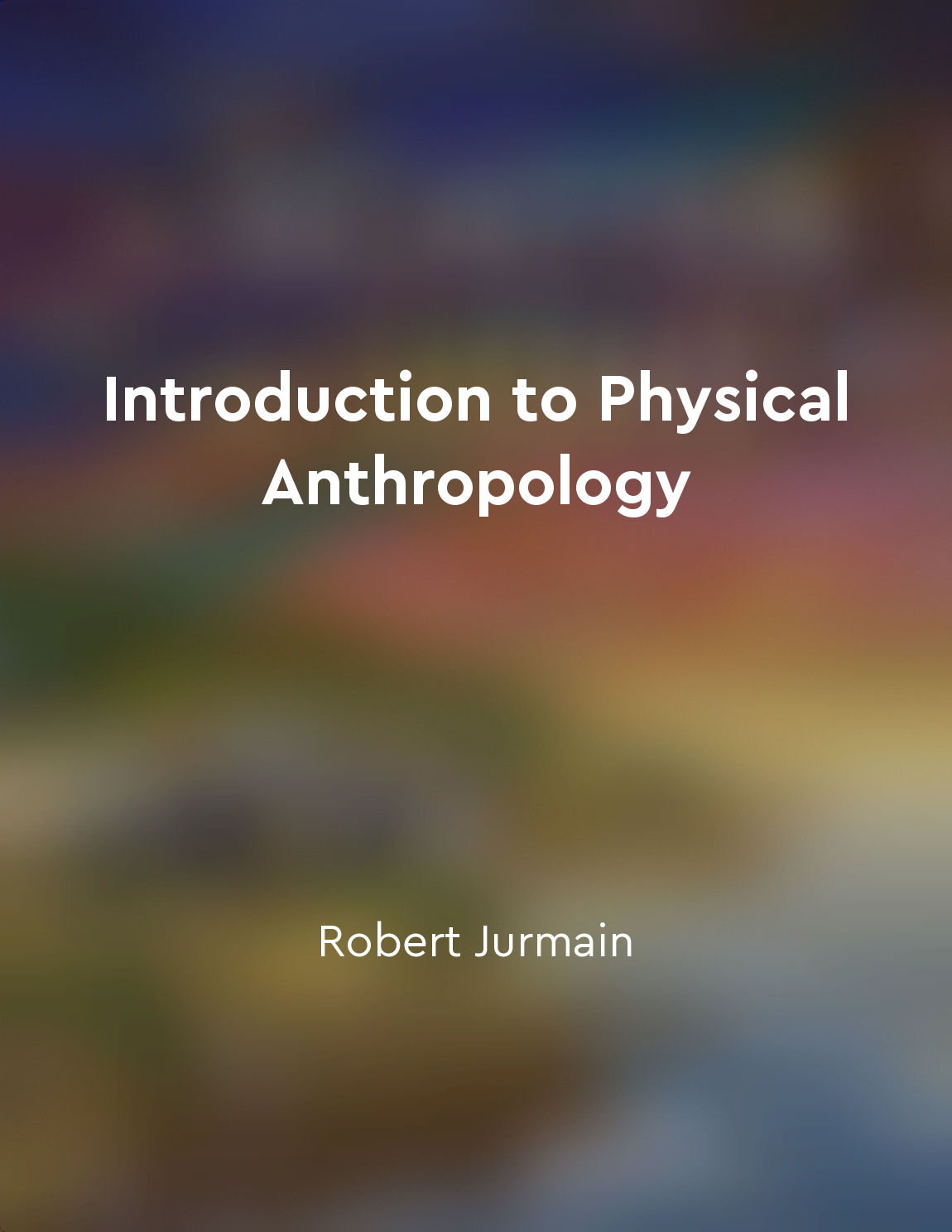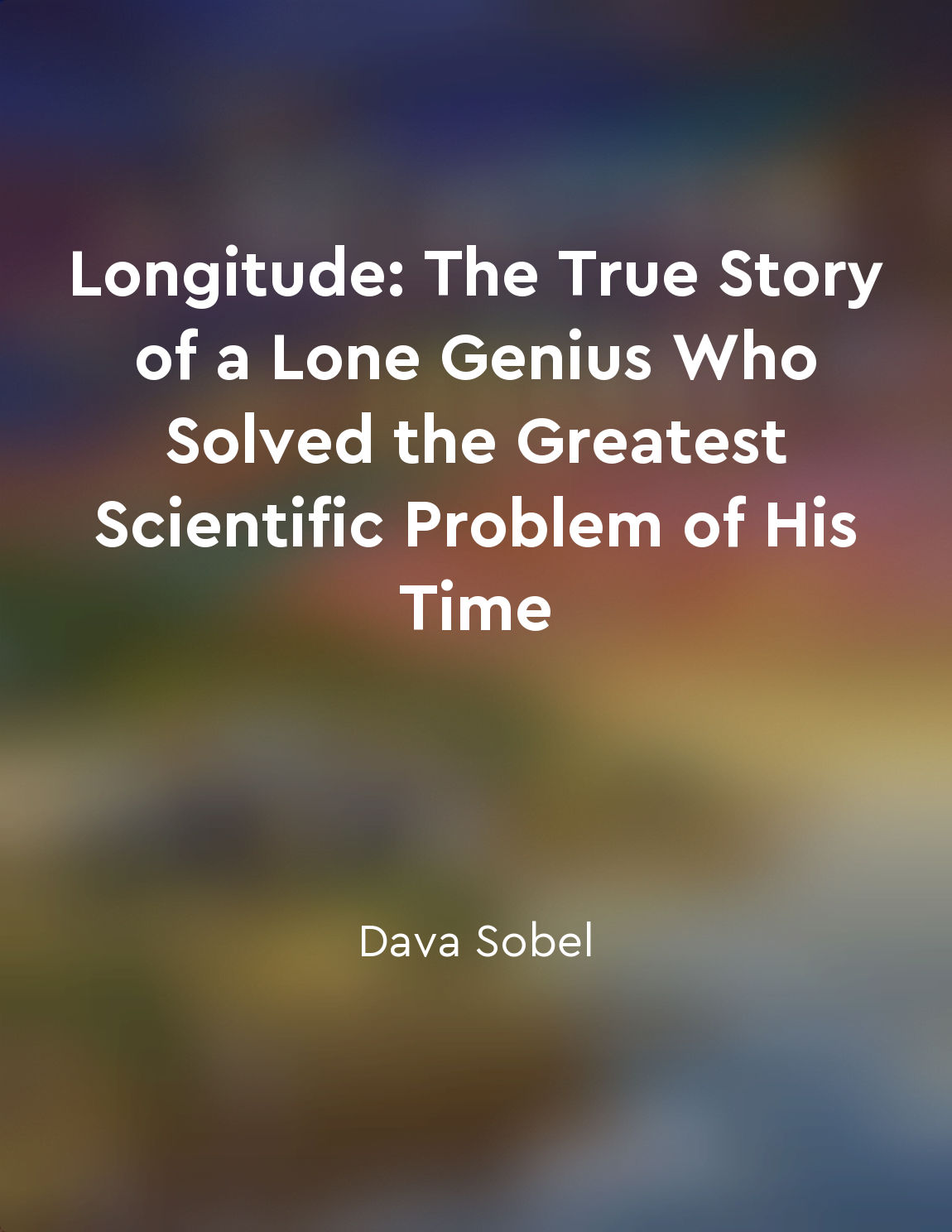Historic contexts for understanding length from "summary" of The Long and the Short of It by Graeme Donald
Understanding length in historical contexts requires a deep dive into the ways in which people in the past perceived, measured, and utilized length. Throughout history, units of measurement have varied significantly from one culture to another, making it essential to explore these differences to gain a comprehensive understanding of length. For example, the ancient Egyptians used the cubit, a unit of measurement based on the length of a person's forearm, while the Romans employed the pes, equivalent to 11.65 modern inches. These diverse systems demonstrate the need to consider the specific cultural, societal, and technological factors that influenced the development of length measurements in different civilizations. Moreover, the evolution of measurement units over time highlights the dynamic nature of length as a concept. From the introduction of standardized units such as the meter in France during the late 18th century to the adoption of the imperial system in the United Kingdom and its colonies, the history of length measurement reflects a continual process of refinement and standardization. Understanding these shifts in measurement units is crucial for appreciating the complexities of measuring length in different historical periods and geographic regions. In addition to exploring the historical development of measurement units, it is essential to consider the practical applications of length in various historical contexts. For instance, the construction of ancient monuments like the Great Pyramid of Giza required precise measurements of length to ensure structural integrity and alignment. Similarly, the navigation of early seafarers relied on accurate measurements of distance and direction to chart new territories and establish trade routes. By examining how length was utilized in these practical contexts, we can gain insights into the significance of accurate measurement in shaping human endeavors and achievements throughout history.- Delving into the historical contexts of length measurement offers a rich tapestry of insights into the ways in which different cultures, societies, and civilizations have grappled with the concept of length. By tracing the evolution of measurement units, exploring practical applications, and considering the cultural influences on length perception, we can deepen our understanding of the complexities and nuances inherent in measuring length across time and space.
Similar Posts

Primates are our closest living relatives
The concept that primates are our closest living relatives is a fundamental principle in the field of physical anthropology. Wh...
Consider the impact of globalization on cultural diversity
Globalization, the process by which economies, cultures, and societies become integrated through a global network of communicat...

Legacy of accurate timekeeping
In the quest to solve the problem of determining longitude at sea, one concept emerged as particularly crucial: accurate timeke...
The kilogram was chosen as the unit of mass
The kilogram was chosen as the unit of mass by an international group of scientists and politicians who gathered in Paris in 17...

